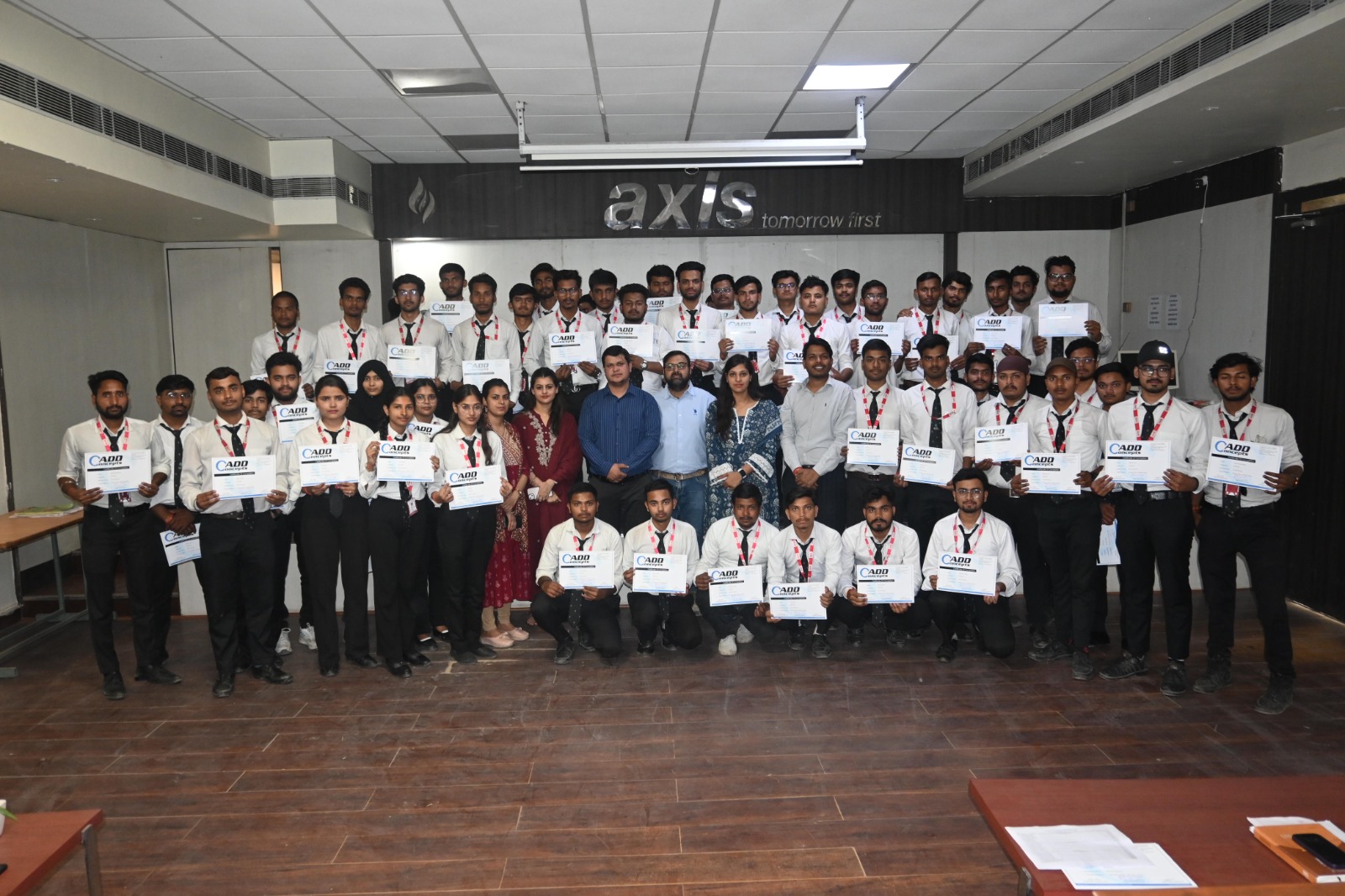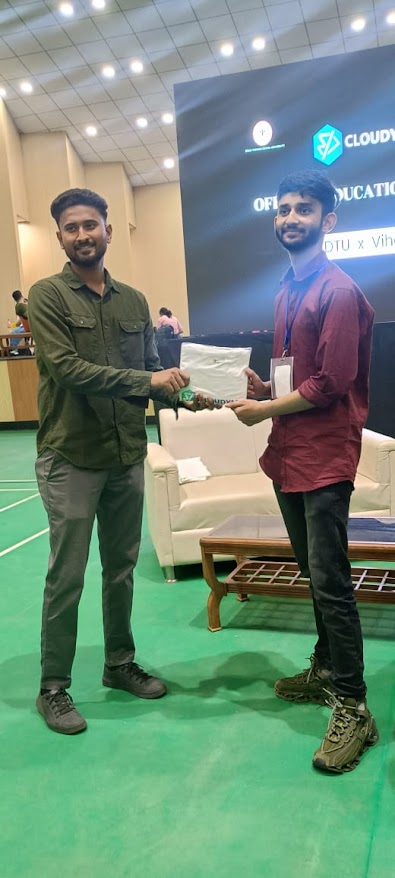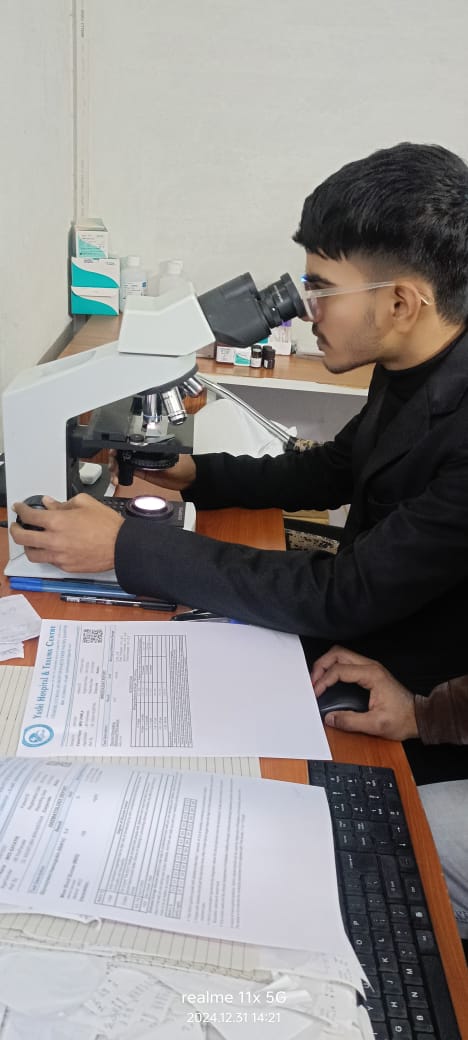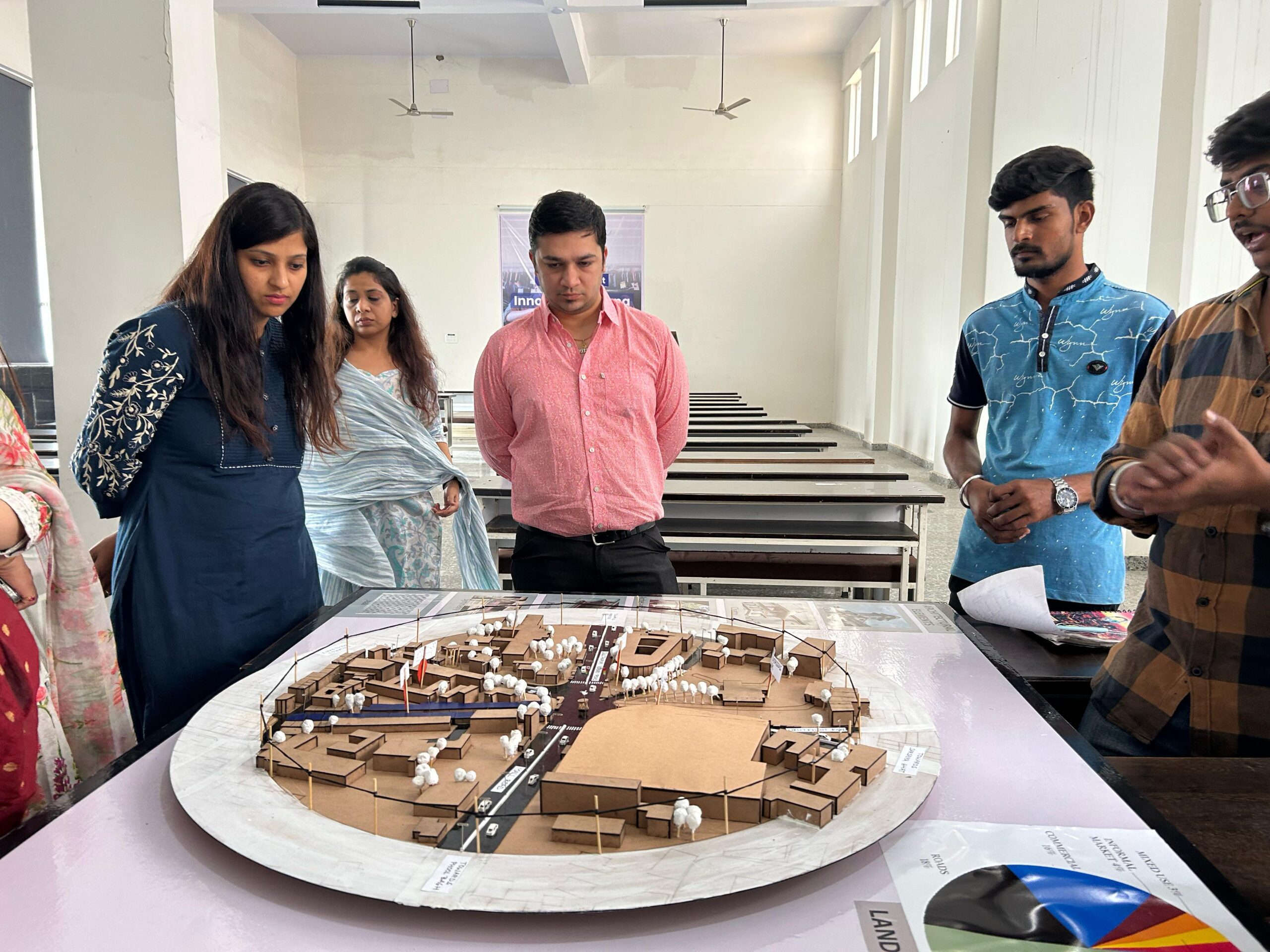
Axis Colleges’ B.Arch Students Present Innovative Urban Design Land Use Models
Kanpur, April 29, 2025 —

The students of Bachelor of Architecture at Axis Colleges showcased their academic prowess and design sensibility through a detailed presentation of their Urban Design Land Use Existing Models.
The event, held on campus, brought together faculty members, urban planners, and guests to witness the students’ analysis and vision for a more
sustainable urban future.
As part of their semester project, students meticulously documented and modeled the existing land use patterns of selected urban areas in Kanpur, highlighting the complexity of the current urban fabric.
The models captured the intricate layering of residential, commercial, industrial,
and recreational zones, exposing challenges such as unplanned growth, traffic congestion, lack of green spaces, and poor infrastructure integration.
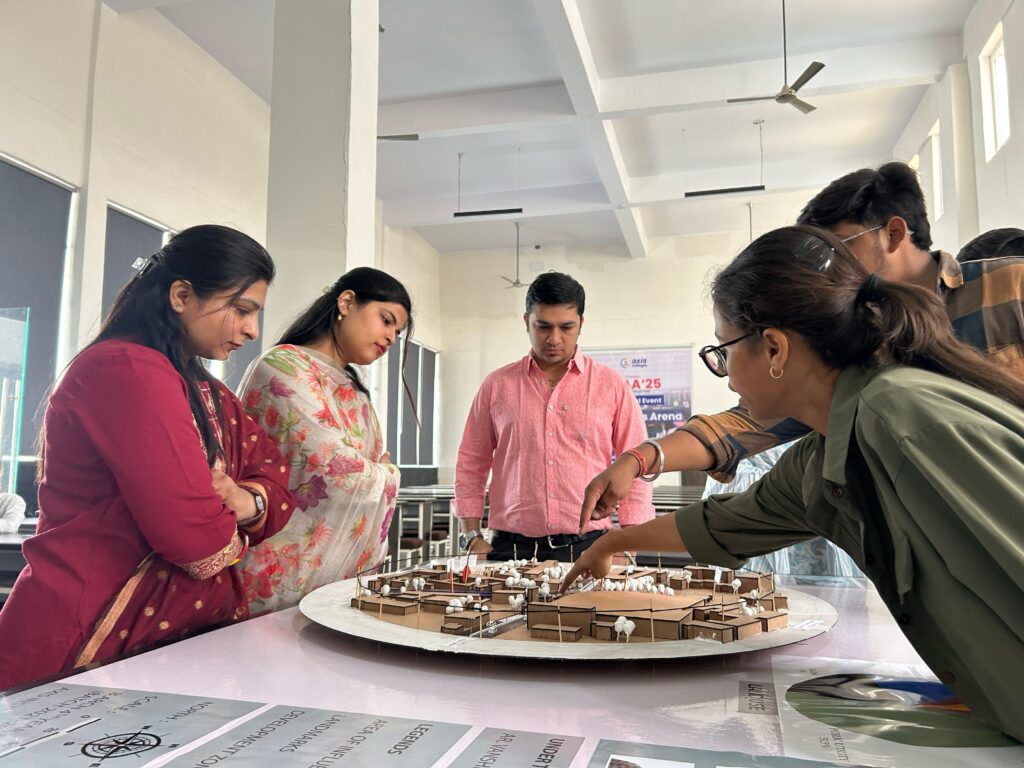
The presentations emphasized a critical understanding of the real-world issues plaguing urban settlements.
Students explained how rapid urbanization, encroachment, and outdated zoning policies have led to environmental degradation and inefficient resource distribution.
With strong data-driven analysis and GIS-supported mapping, they proposed redevelopment strategies stailored to the socio-economic and ecological context of the sites.
The redevelopment schemes suggested a mixed-use zoning approach, improved road
hierarchies, enhanced public transport connectivity, and increased open green spaces.
Focus was also placed on inclusive design — addressing the needs of all age groups and promoting pedestrian-friendly environments.
Faculty mentors praised the students for their thoughtful integration of existing conditions with forward-thinking solutions.
“This is an essential step in bridging academic knowledge with realworld urban challenges,” remarked one of the professors from the Department of Architecture.
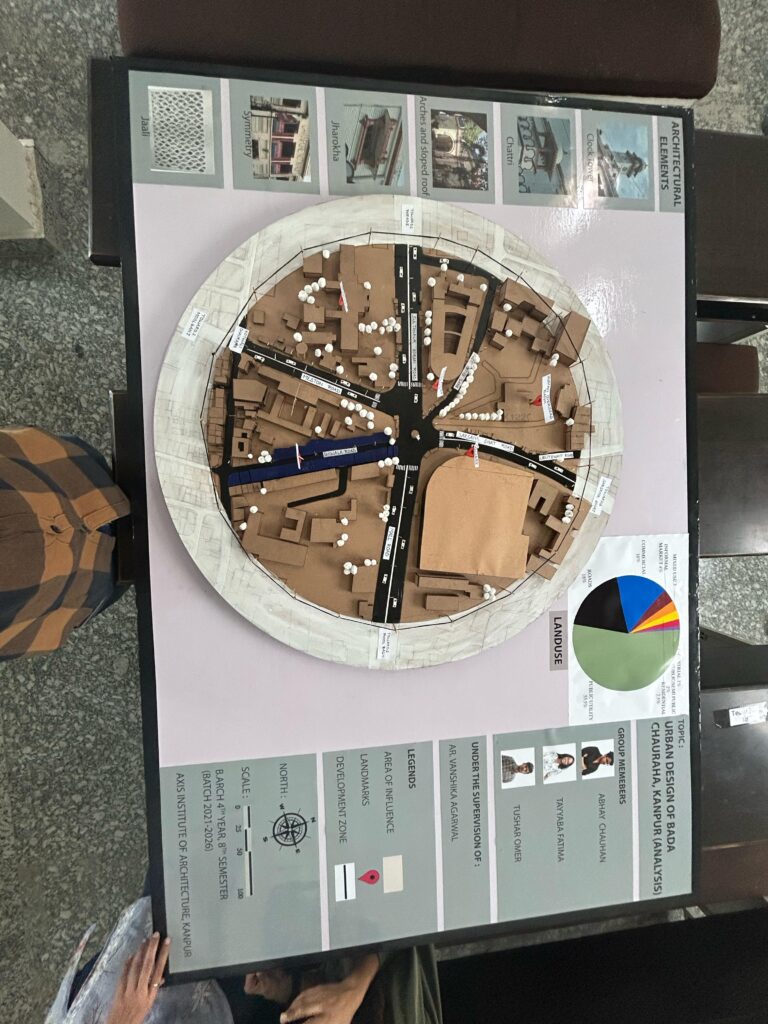
The event concluded with a panel discussion, encouraging dialogue on the role of architects in shaping sustainable and inclusive cities. The models and proposals are expected to be displayed
in the college gallery, serving as an inspiration for future batches.





